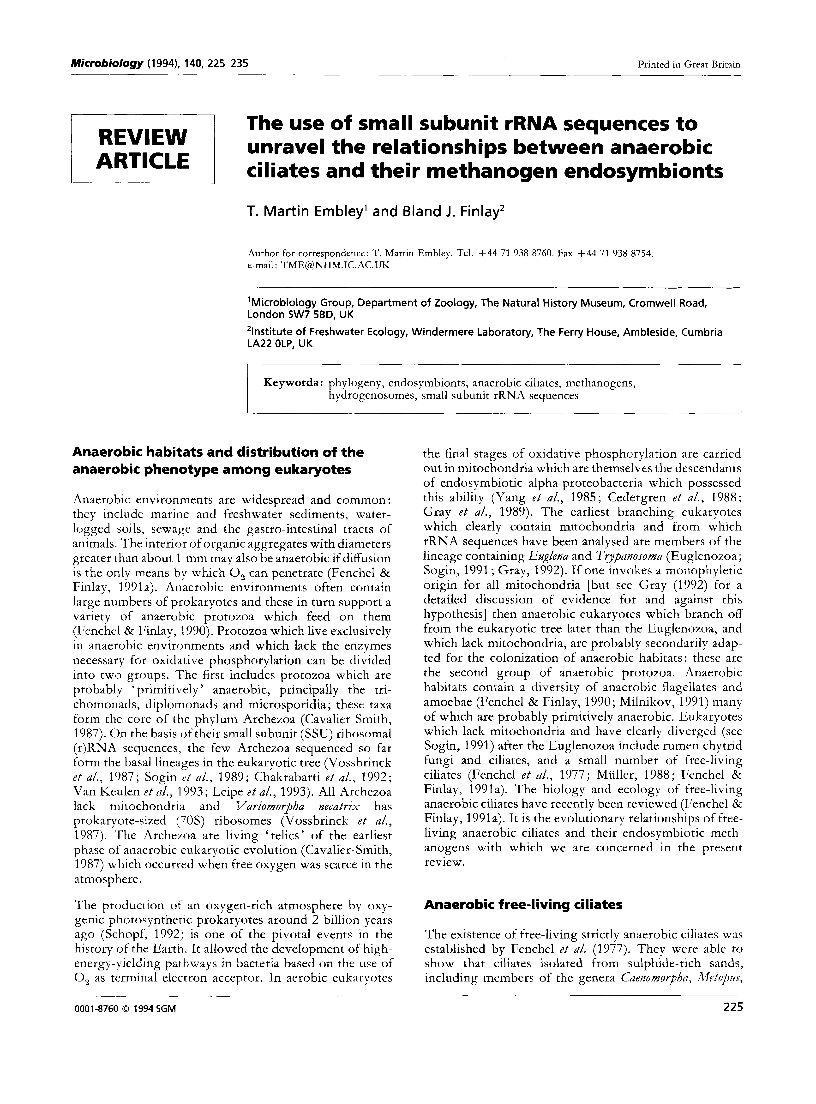
Full text loading...

The use of small subunit rRNA sequences to unravel the relationships between anaerobic ciliates and their methanogen endosymbionts, Page 1 of 1
< Previous page | Next page > /docserver/preview/fulltext/micro/140/2/mic-140-2-225-1.gif
There is no abstract available.

Article metrics loading...

Full text loading...
References


Data & Media loading...
